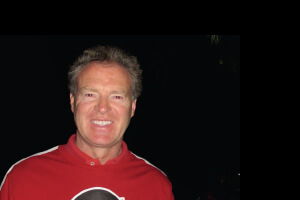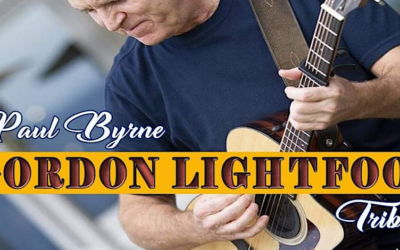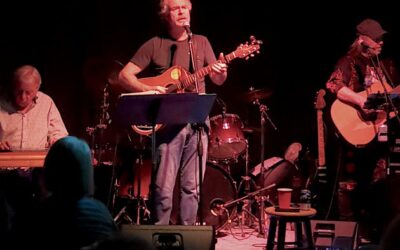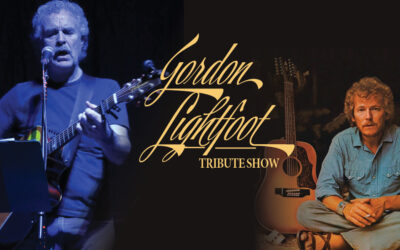 In this corner, San Luis Obispo, the happiest place in America as named by National Geographic writer Dan Buettner; and in this corner, the Okanagan, thought of as one of the happiest places in Canada by its citizens, media and country. Looks like we’ve got us another gold medal game—a happy-off!
In this corner, San Luis Obispo, the happiest place in America as named by National Geographic writer Dan Buettner; and in this corner, the Okanagan, thought of as one of the happiest places in Canada by its citizens, media and country. Looks like we’ve got us another gold medal game—a happy-off!
What is happiness? Some say, the ability to live in the moment. Many imagine it as a “conscious or unconscious” attempt to measure if we are “better off” than someone else. (When we find someone less fortunate, that knowledge tends to makes us happier.) Others describe happiness as the absence of neurosis or anxiety. Or, happiness is in song, art, poetry, dance or meditation.
In his book Thrive, Buettner named San Luis Obispo the happiest place in the United States because it scored highest for overall emotional health and residents “are more likely to smile and experience joy and less likely to experience pain or depression.” The reasons include closing the main street to cars to create a friendlier town centre that encourages residents to engage one another; a ban on public smoking; sidewalks widened for pedestrian traffic; creation of 6,500 acres of open space, protected for hiking, biking and enjoying the outdoors. The town has even banned fast food drive-thrus and provides valet parking for bikes.
Okanagan towns and cities are also moving towards more public access, more open space, more parks and gathering areas, and that will undoubtedly contribute to greater community happiness. We spend millions of taxpayer dollars to clean up pollution from our cities, parks, highways, rivers and lakes. But are we game-ready to challenge for happiest in North America? No—not until we rid the Okanagan of “intrusive visual pollution.”
Two years ago Wilden stopped advertising on billboards in Lake Country and on Kelowna’s west side. “That drive should be one of the most beautiful entrances to any city in the world,” says Brent Couves, “but it is atrocious specifically because of the billboards.” He adds that over 50 people contacted Wilden to thank them for deleting their billboard ads.
Other beautiful regions are putting an end to intrusive outdoor advertising, so why not us? Vermont, Hawaii, Alaska and Maine have all banned it. The mayor of Sao Paulo was successful in removing all billboard ads, because he asked citizens “to think of the billboards for what they truly are: visual pollution.”
Okanaganites are realizing this truth. By learning how to think about them, businesses (like Wilden) will stop using them. Equally important, neuroscience is proving that certain intrusive advertising actually “harms the brand.” I mean, who wants to buy from a business that’s “polluting” an otherwise pristine part of the world. While our conscious brain struggles to make sense of it—our subconscious brain has already made the decision, “butt ugly—they have to go.”
The best reason to align your thinking to a “beauty not boards” mentality, is that visual polluters don’t give us a choice. There’s no delete button! With visual pollution gone, as Dan Buettner might say, we’d “be more likely to smile and experience joy.” –John Paul Byrne




0 Comments